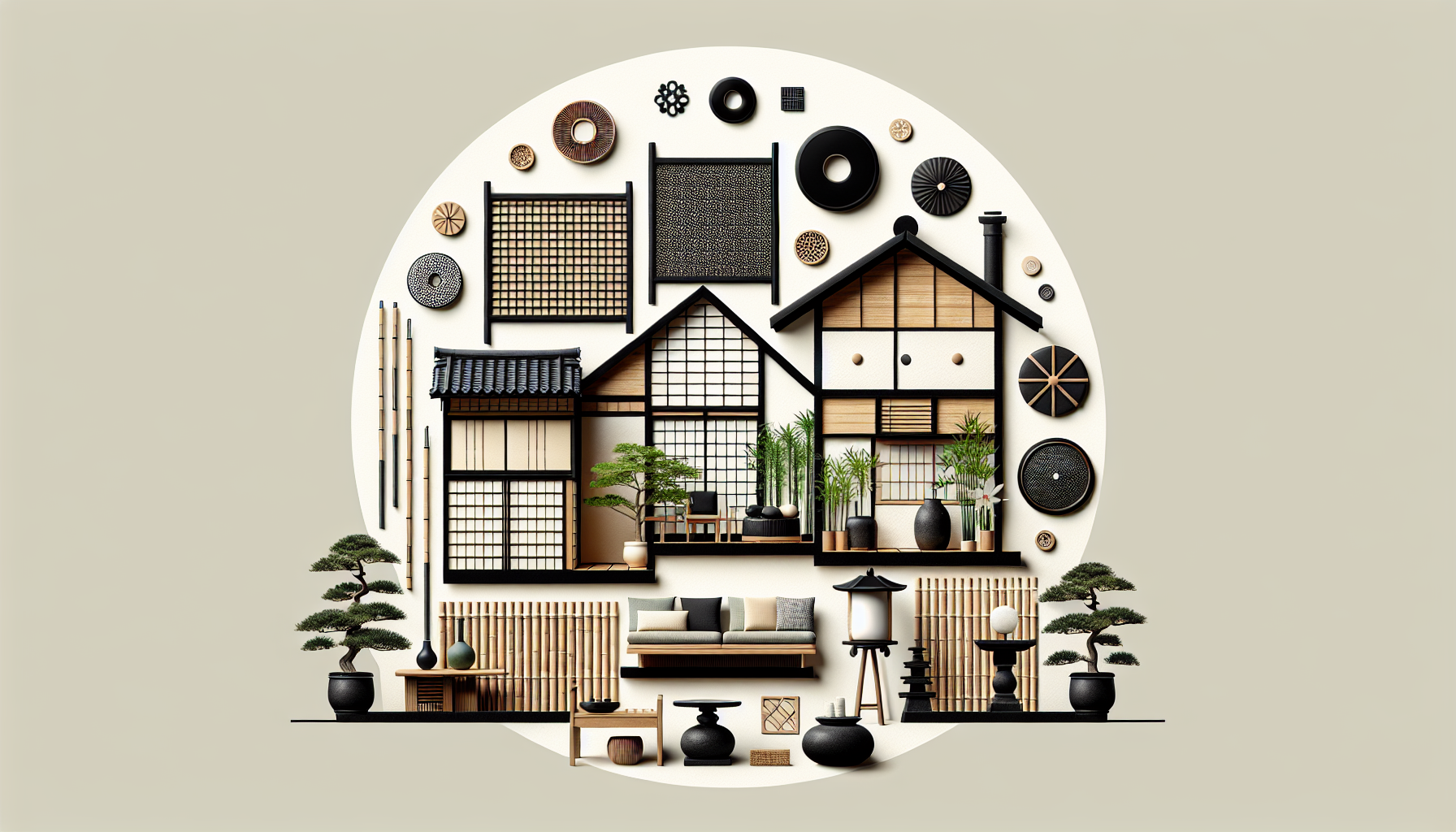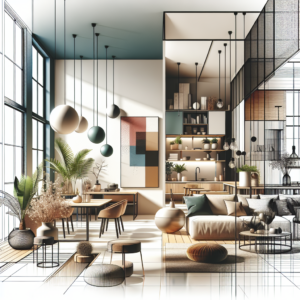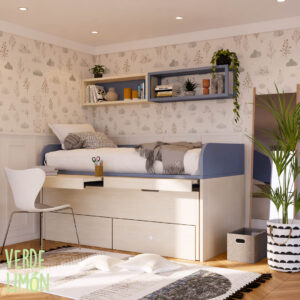In an increasingly fast-paced and chaotic world, the search for peace and tranquility in our living spaces has become crucial. In this context, the principles of Japanese design have gained prominence as a guide to creating environments that promote serenity and balance. Below are the seven essential principles that can help transform any home into a sanctuary of calm.
The first principle is simplicity. In Japanese design, less is more. It aims to eliminate clutter and opt for a minimalist aesthetic that allows spaces to breathe. This not only translates into a reduction of objects, but also in the choice of neutral and soft colors that promote relaxation.
The second principle is harmony with nature. For centuries, the Japanese have integrated nature into their daily lives. Incorporating natural elements, such as wood, stones, or plants, not only beautifies the home but also fosters a connection with the environment and helps cultivate a sense of peace.
The third principle is functionality. Every object and piece of furniture should have a clear purpose. The design should make daily life easier and promote efficiency without sacrificing aesthetics. This functional clarity helps reduce stress and increase tranquility in the home.
Transparency is the fourth principle. In Japan, the connection between the interior and exterior is valued. Wide windows and shoji paper dividers allow natural light to flood the spaces, creating a bright and airy atmosphere. This not only improves the visual quality of the home but also promotes mental well-being.
The fifth principle is balance, which refers to the arrangement and proportions of elements in the space. Designing a home with symmetry and harmonious proportions helps create an environment that evokes peace and stability. This can be achieved through the strategic placement of furniture or even the choice of artwork that interacts with each other.
The sixth principle is texture. Using different materials and surfaces, such as ceramics, paper, and natural fabrics, enriches the sensory experience of the home. Variations in texture can induce a feeling of warmth and comfort, making the space more inviting and relaxing.
Lastly, the seventh principle is the creation of spaces dedicated to contemplation. Reserving areas in the home, such as meditation or reading nooks, promotes disconnection and moments of reflection. These spaces should be inviting and disconnected from the daily hustle and bustle, allowing inhabitants to find peace within themselves.
Adopting these principles of Japanese design can not only transform the aesthetics of a home but also significantly contribute to the emotional well-being of its residents. By focusing on simplicity, nature, functionality, transparency, balance, texture, and contemplation, it is possible to create a sanctuary that promotes tranquility and a fulfilling life. In a world where stress seems to be the norm, renewing our home following these guidelines can be the first step towards a more serene and peaceful life.
Referrer: MiMub in Spanish











